Engine Fuel Consumption
For many performance problems, such as the calculation of range and endurance, a knowledge of the engine fuel bum is required. From the power required curves the fuel consumption can be estimated for a given type of engine. Engine performance data are often expressed in terms of a specific fuel consumption SFC (in units of lb hp-1hr_1 or kg kW-1hr-1) versus shaft power (in units of hp or kW). These curves are a function of atmospheric conditions, so a series of curves are required for different altitudes and operating temperatures. For a normally aspirated (nonsupercharged) reciprocating (piston) engine, the power curves vary almost linearly with density ratio, a. One common approximation is
where jf*ait is the power available at altitude and Pmsl is the power available at mean sea level conditions. The value of the density ratio a and the temperature ratio 9 can be found from the equations describing the properties of the standard atmosphere given in Section 5.2. For a turboshaft engine the power output decreases almost linearly with density altitude so that a good approximation is
P„, « (1 – Kh„) к pMSL f і J, (5.61)
where £ is a constant that depends on the particular engine and 8 is the pressure ratio at that altitude.
Normalizing both the power and the SFC by 891/2 is found to give a single unique relationship for a turboshaft engine [see Stepniewski & Keys (1984)]. Notional results for a turboshaft engine in the 2,000 hp class are given in Fig. 5.15. Notice that the SFC is a function of power output but quickly approaches a nearly constant value as the engine reaches its maximum continuous rated power output. Clearly the engine operates more efficiently under these conditions.
Because helicopters will operate with the engines operating at close to their rated power for much of the flight, a first level approximation is to assume that the SFC remains independent of power output. Of course, a better approximation is to calculate the actual fuel flow rate from the SFC curve for the engine. By multiplying the SFC by the power output it will be apparent that the fuel flow rate WF is a linear function of power output (Fig. 5.15). This relationship can be generalized as.
where the coefficients AE and BF depend on the characteristics of a particular engine.
 |
The result in Eq. 5.62 can be easily incorporated into the performance analysis of the helicopter. It is also a useful result when examining engine selection and trading off fuel burn versus number of engines. Clearly a greater number of engines is desirable for safety of flight considerations, but more engines will also affect net fuel bum. This is apparent
when considering a helicopter with NE engines that must produce a net power P for flight, then each engine will produce a power of P /NE. This means that the fuel burn (fuel flow) will be
which on comparing with Eq. 5.62 shows that the fuel flow will always be greater by a factor of approximately (1 — Ne)Ae for a multi-engine installation. Therefore, the design will normally use the fewest number of engines that is consistent with safety of flight and other considerations. ]Vlodern helicopters in the medium – to heavy-weight category will use either two or three engines, although smaller helicopters will generally use only one engine to constrain empty aircraft weight and reduce operational costs.











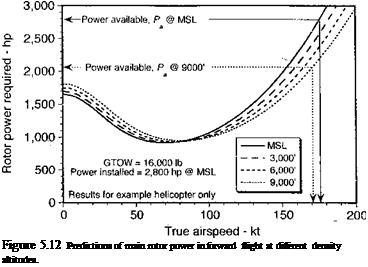


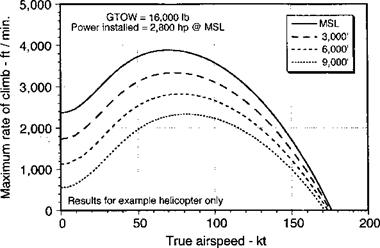
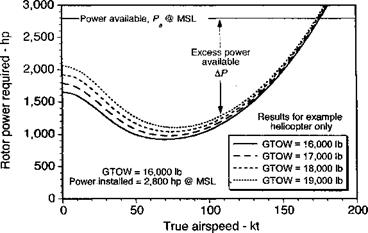
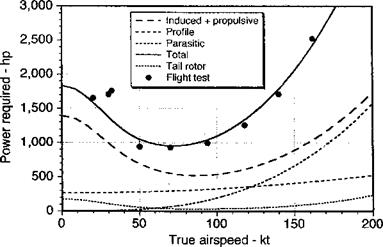



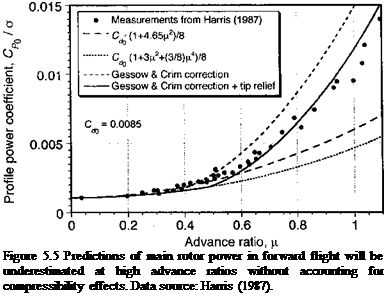

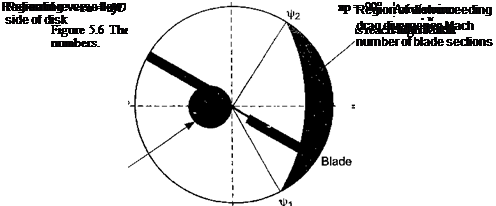
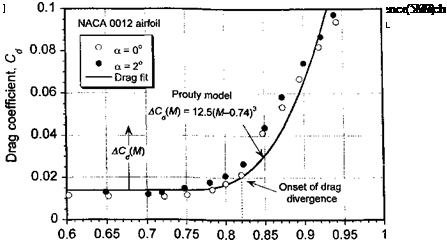
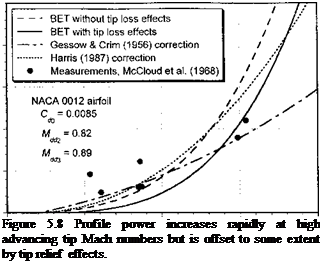 СЛ
СЛ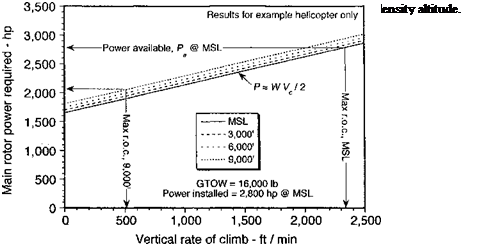
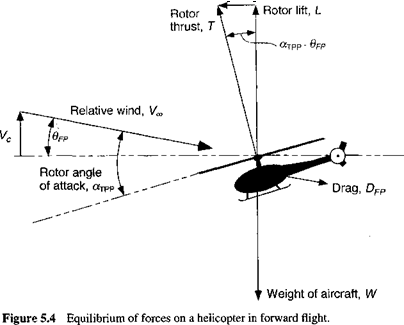


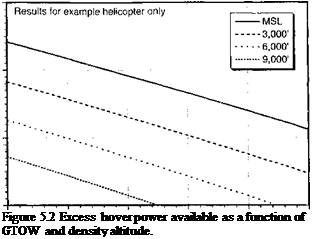 D.
D.